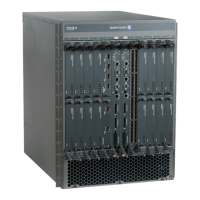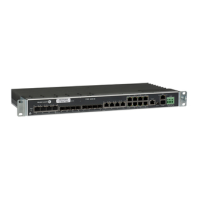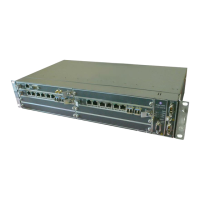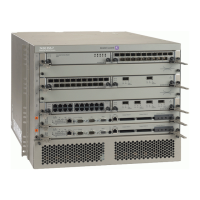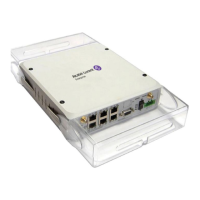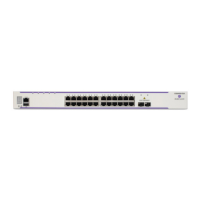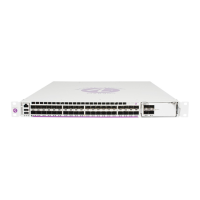Network Synchronization
Page 228 7750 SR OS Basic System Configuration Guide
impairments introduced by the higher levels of the networking technology (packet loss, packet
delay variation). Hence, the frequency accuracy and stability may be expected to exceed those of
networks with unsynchronized physical layers.
Synchronous Ethernet allows operators to gracefully integrate existing systems and future
deployments into conventional industry-standard synchronization hierarchy. The concept behind
synchronous Ethernet is analogous to SONET/SDH system timing capabilities. It allows the
operator to select any (optical) Ethernet port as a candidate timing reference. The recovered timing
from this port will then be used to time the system (for example, the CPM will lock to this
provisioned reference selection). The operator then could ensure that any of system output would
be locked to a stable traceable frequency source.
The SSM of Synchronous Ethernet uses an Ethernet OAM PDU that uses the slow protocol
subtype. For a complete description of the format and processing see ITU-T G.8264
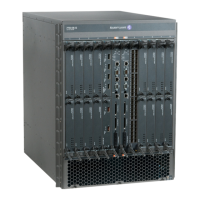
